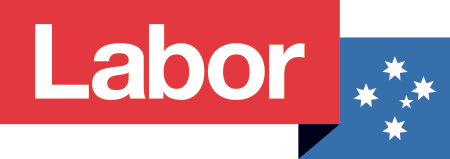Ms BYRNES (Cunningham) (10:45): Australians are doing it tough right now, and the Albanese Labor government gets that. That is why, in seven days time, we will be giving every taxpayer a tax cut and every household $300 off their energy bills. We believe Australians should earn more and keep more of what they earn.
On this side of the chamber, we believe one of the best ways to deal with cost-of-living pressures is to ensure that workers earn enough to provide for their families. Real wages are growing under Labor. Unemployment is near record lows under Labor. The gender pay gap is down under Labor. And inflation is moderating under Labor. We are getting things done for Australian workers.
Retail, aged and disability care, health and social welfare, child care, hospitality, tourism and fitness: these are among the industries where we will find our lowest paid workers, with the majority being female and younger Australians. Our government has recommended to the Fair Work Commission to ensure that real wages of Australia's lowest paid workers do not go backwards. In the last three years we have seen changes that have helped contribute to wages growing at the highest level in 15 years. In 2022, our advocacy helped to secure a 5.2 per cent pay rise for workers on the minimum wage. In 2023, our support helped secure a record 8.6 per cent increase. And, again, on 3 June this year we helped secure a 3.75 per cent increase. Since coming to government, the wages of minimum wage earners have increased by $143.30 per week and $7,451.60 per year.
This year's Fair Work Commission's annual wage review decision is a win for Australian workers, a win for women and will help with the cost of living. The 3.75 per cent increase to modern award minimum wages will directly help around one in five Australians, or 2.6 million workers. People on low wages have the least capacity to deal with the rising cost of living. That's why the Albanese Labor government argued for a decent pay rise for these workers. We have had a greater increase in the minimum wage in two years than the coalition had in their entire decade in office. The former coalition government never once argued for a real wage increase for these workers. The Albanese Labor government has a strong record already, supporting some of our lowest paid but hardest-working cohort in aged care and early childhood education, and this budget threw further support behind additional award wage increases.
Tax cuts and the minimum wage increase are just the start. We're cutting student debt for more than three million Australians. We know that students are among the lowest paid workers in Australia and by wiping $3 billion in student debt and fixing the indexation we want to make sure that student debt never grows faster than someone's wages or ability to pay it off. We are also introducing a Commonwealth practical placement payment. This is aimed at supporting students who must complete mandatory work placements as a part of their studies. Balancing work and study commitments is difficult at the best of times and it can be extremely stressful if you're not getting paid for these placements. This new payment will benefit eligible students pursuing teaching, nursing, midwifery and social work—some of our most in demand workers. We are putting women and gender equality at the centre of Australia's economic plan, and this is making women's lives safer, fairer and more equal.
But that is not all. We have improved and extended paid parental leave, investing $1.2 billion over five years to make the scheme more accessible, flexible and gender equitable. In just seven days, paid parental leave will increase by two weeks, delivering real cost-of-living support for families. We are also providing additional support for women's economic security by introducing superannuation on government funded paid parental leave for parents of babies born or adopted on or after 1 July next year. This measure will help to reduce the impact of parental leave on retirement incomes, with women currently retiring with 25 per cent less superannuation than men. We're delivering further cost-of-living relief in the form of cheaper medicines and a strengthened Medicare system. We are increasing access to Medicare bulk-billed MRI machines across the country in droves and opening an additional 29 Medicare urgent care centres. We know that there's more to do. We are laser focused on supporting Australians with the cost of living.


